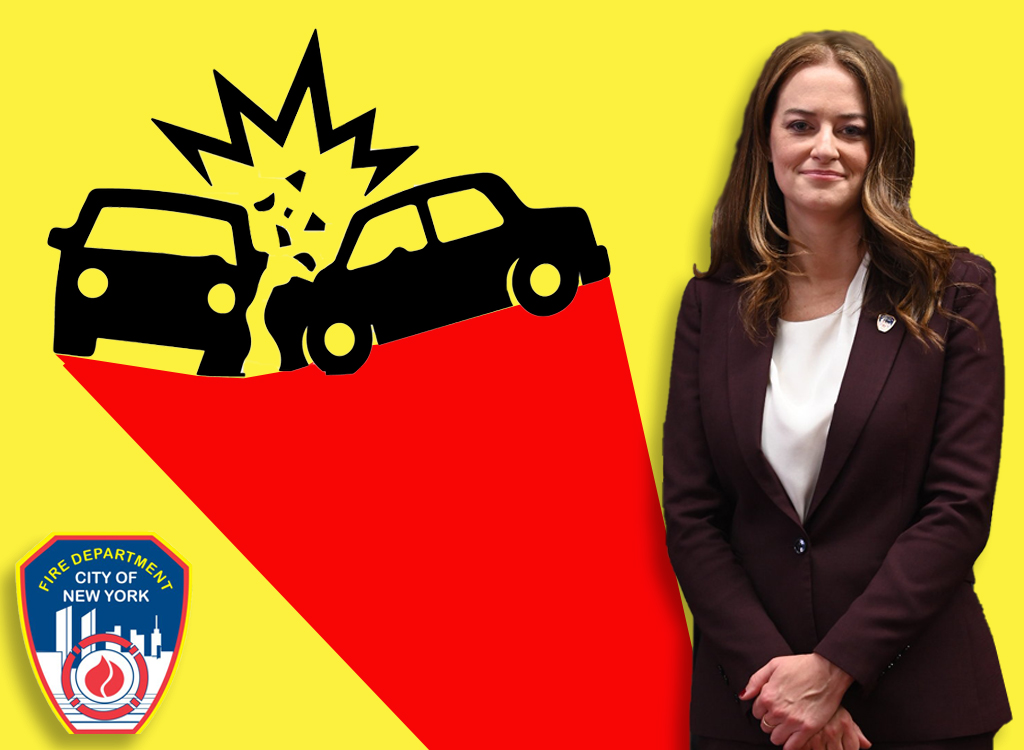
"Eighty-six percent of what FDNY does is medical emergencies, 2 percent is structural fires. But every street based decision is made around the potential of structural fires. That shows how the decisions we have are not set up to prioritize safer streets," Kavanagh, who served as Mayor Adams's commissioner between October 2022 and July 2025, said during a panel on Tuesday at Transportation Alternatives's Vision Zero Cities conference."
""The Fire Department needs to be equally responsible as DOT for pedestrian deaths," she said. Under Mayor Adams, Kavanagh said she simply was not empowered to work on street safety. "Street safety was not a priority from the mayor's office to us when I was there," she said. "As someone who walks and takes the subway and cares about my streets, I have a lot of interest in things getting better.""
"City agencies tend to be held accountable only on specific metrics and in specific silos. So safety in the FDNY is "measured on fire deaths" even as "the workload has changed," Kavanagh said. "The mayor's office releases statistics in every agency. We don't share responsibility. [Fire deaths] the only metric [FDNY] is being judged by, so naturally the agencies are going to defend their own metrics," said Kavanagh."
The FDNY performs approximately 86 percent medical emergency responses and roughly 2 percent structural fire responses, yet operational street decisions prioritize potential structural fires rather than street safety. Traffic fatalities outnumber fire deaths, with 253 traffic deaths versus 78 fire fatalities in 2024. City accountability is siloed, with agencies evaluated on narrow metrics such as fire deaths even as FDNY workload has shifted. The proposal calls for shared interagency accountability and a unified "citizen safety" metric assigning FDNY equal responsibility with the Department of Transportation for pedestrian deaths and roadway safety. Empowerment from city leadership is necessary to realign priorities.
Read at Streetsblog
Unable to calculate read time
Collection
[
|
...
]